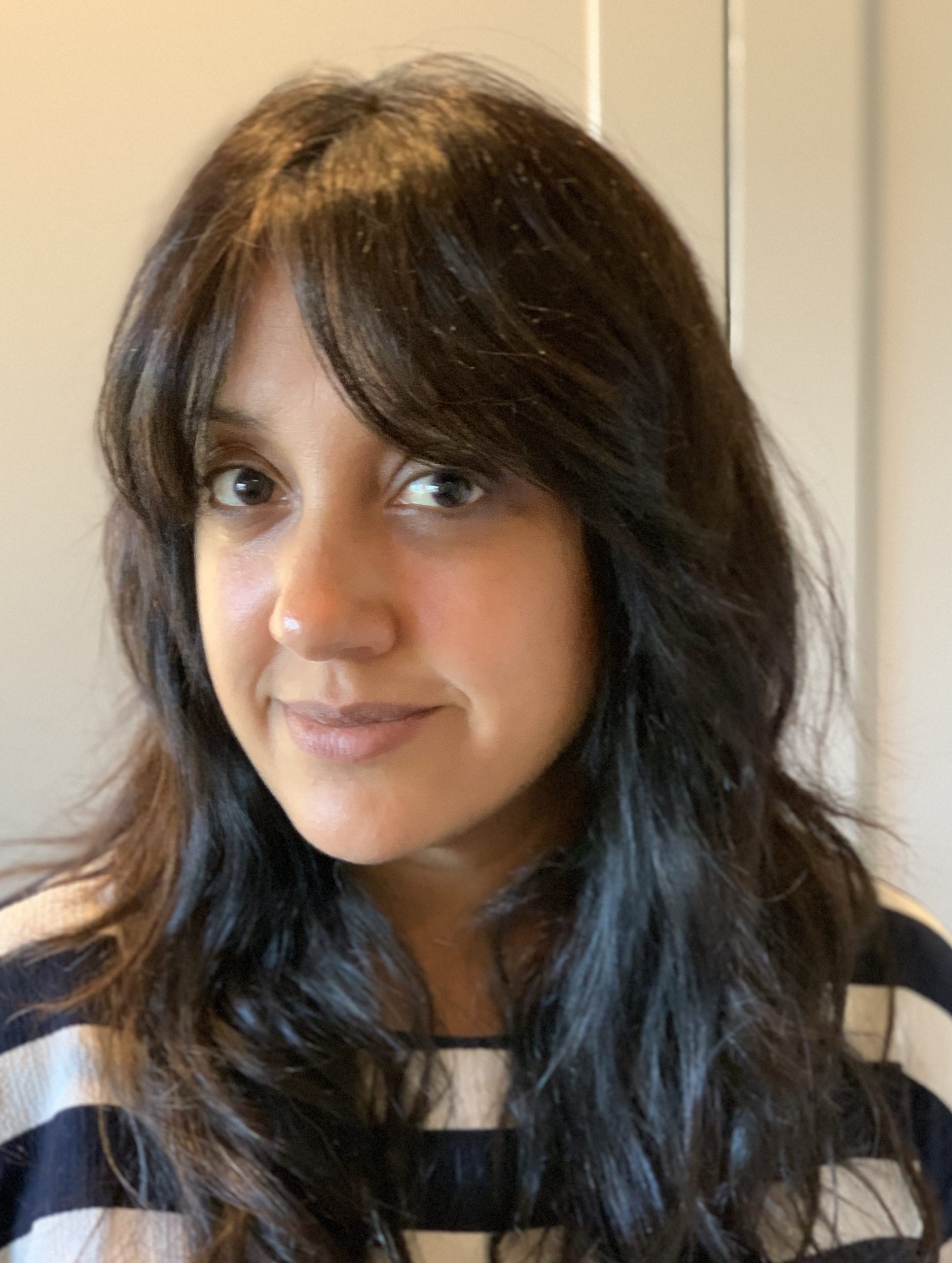Erskine Murphy, who is 70 years old and walks with a cane, shuffled into the crosswalk traversing San Pablo Avenue at Myrtle Street on Oakland’s west side. He was on his way to the Community Foods Market to pick up groceries. A half-dozen bright orange markers lined the road near the crosswalk, flanked on either side by two turquoise signs that read “Go Slow. It’s Essential.”
The setup is an acknowledgment that this stretch of San Pablo Avenue, a four-lane divided roadway, is a threat to pedestrians like Murphy — perhaps even more so since Covid-19. With less traffic on the roads, speeding has surged. Murphy, who is Black, is already more likely than other pedestrians to be struck and killed by a car. Now, with bus service reduced, he is walking more than usual, often along West Oakland’s “high-injury corridors,” which include just two percent of the city’s streets but over one-third of its pedestrian collisions. The corner of Myrtle and San Pablo is on one of them.
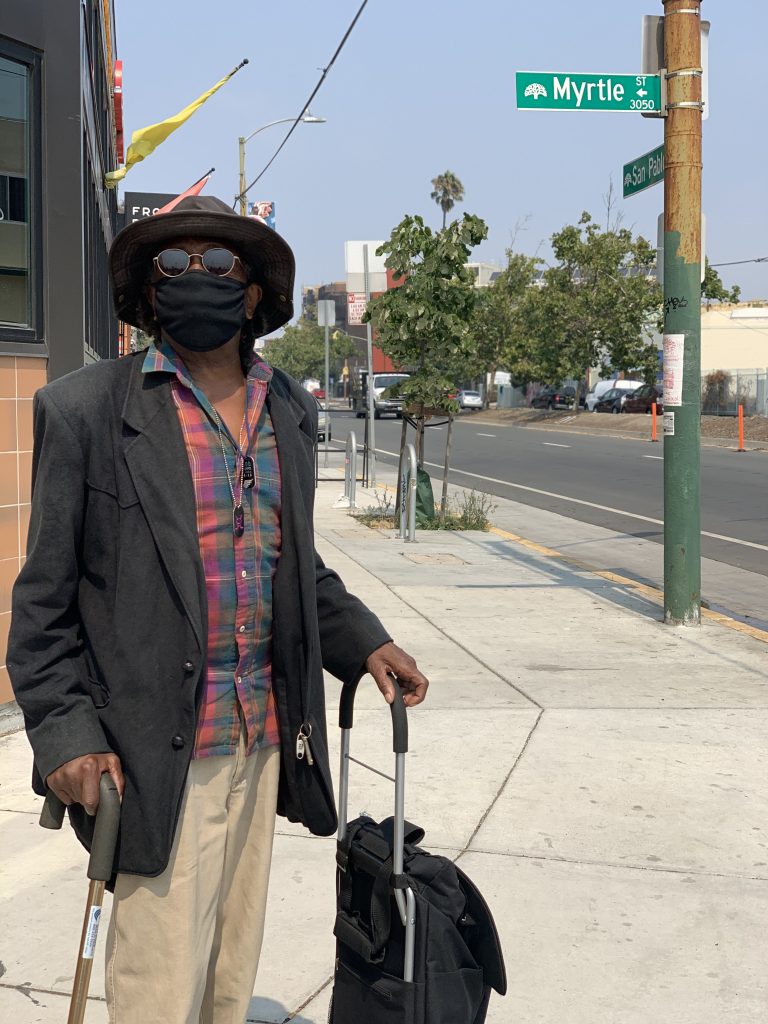
But Murphy’s walks recently got a bit safer. This stretch of San Pablo Avenue has become one of 15 sites around Oakland designated an “essential place” during the Covid-19 pandemic. Oakland launched the Essential Places initiative in May to reduce the threat to pedestrians in these high-injury corridors, many of them located in low-income communities of color. The initiative consists of an assortment of cones, barricades and signage strategically placed to slow or divert traffic. While Murphy, who has been hit by a car once and sustained minor injuries, recognizes that a few markers aren’t going to solve the problem — he still sees reckless drivers on the road — he’s happy the barricades are there. “It helps safety-wise,” he says.
Feedback from residents suggests that the program is well liked, but it wasn’t always. An earlier version that focused primarily on expanding recreational space revealed a blindspot in the city’s planning — one that it is now correcting. At a time when urban planners are increasingly being called out for white elitism, Oakland is feeling its way, clumsily at times, down a different, more equitable path.
Essential Places is an offshoot of Oakland’s “Slow Streets” program, which closed a handful of streets to through traffic so that people could bike or jog while safely social distancing. Surveys administered by the city showed that the program was popular, but there was a problem. Two thirds of survey respondents were white and 40 percent had annual household incomes of $150,000 or more. In Oakland, white residents comprise 24 percent of the population and the median household income is $76,000.
“We got the feedback from the survey and said, ‘Wow, this isn’t representative,” says Warren Logan, policy director for mobility and interagency relations and the chief architect of Essential Places. Pressed by advocates, he doubled down on efforts to get feedback from residents in marginalized neighborhoods, especially in East Oakland, where more than three quarters of residents are Black or Latino and more than half of households are low-income. Residents in these neighborhoods, many of whom are essential workers, have been disproportionately affected by Covid-19.
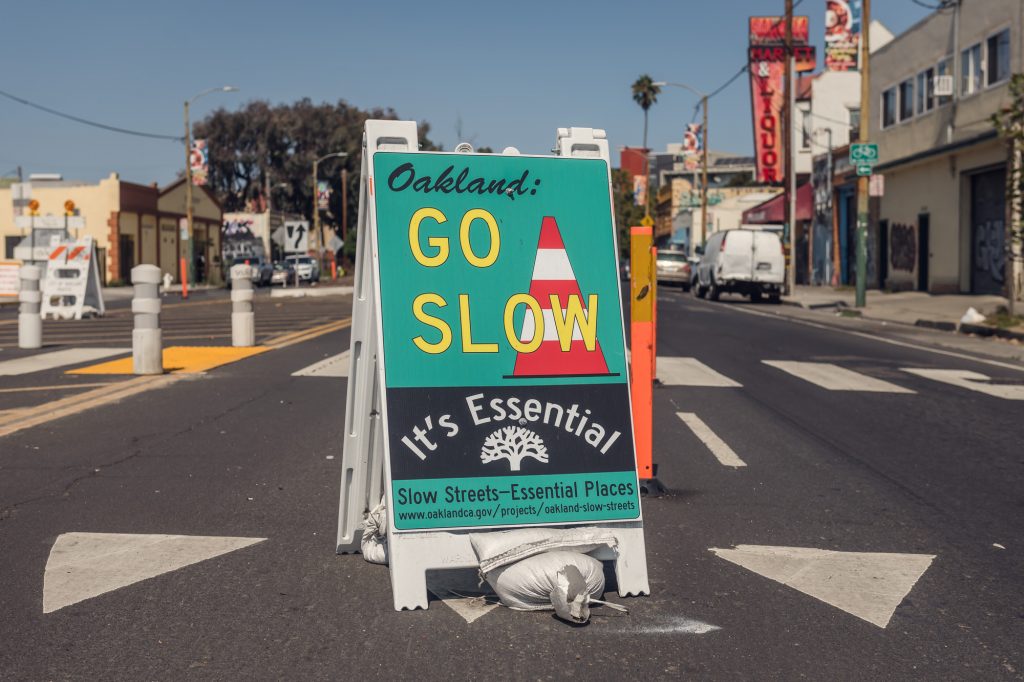
Logan’s team started holding weekly, hour-long meetings with community members, who, as it turned out, felt very differently than most of the people who had responded to the survey.
“We’re not asking for that,” says John Jones III of the slow streets program. Jones is a longtime resident of East Oakland and director of political engagement for Just Cities, an organization that advocates for more equitable urban planning and policymaking. “No one is jogging or riding their bikes in these streets.” He and other advocates pushed the city to change course.
“One of the key areas of feedback, particularly for many residents in East Oakland, was that we had missed the mark,” says Logan. “They understood why slow streets might be helpful for people working at home who are more affluent or don’t necessarily have the same traffic challenges that they might have. But the residents there felt like the city should—if they’re going to focus on anything in East Oakland—be focused on helping people get to their essential places, whether that’s health clinics, to schools that were distributing food, to grocery stores.
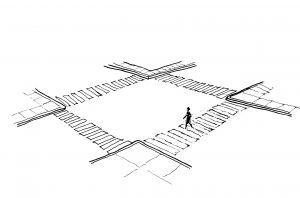
The disconnect revealed a stark reality: For many marginalized communities, engaging with cities on urban policy is akin to screaming into a void. “City governments, historically and today, are really bad at planning with people,” says Margaretta Lin, executive director of Just Cities.
City officials often seek feedback from Brown and Black residents as a formality or a box to check, but rarely act on it, perpetuating a deep mistrust in government that goes back to before the Jim Crow era. From federal redlining to race-based real estate covenants, the history of urban planning is fraught with racist and classist policies that have served to disenfranchise communities of color. Essential Places is an example of what can emerge when government confronts that history head on.
During the Great Migration, the arrival of Black Americans in northern and western cities sparked an exodus of white families to the suburbs, nudged along by highway construction and discriminatory whites-only housing subsidies. “What it left were cities with large concentrations of poor people, largely Blacks and eventually immigrants coming into the United States,” says Malo Hutson, associate professor of urban planning at Columbia University and director of the school’s urban community and health equity lab.
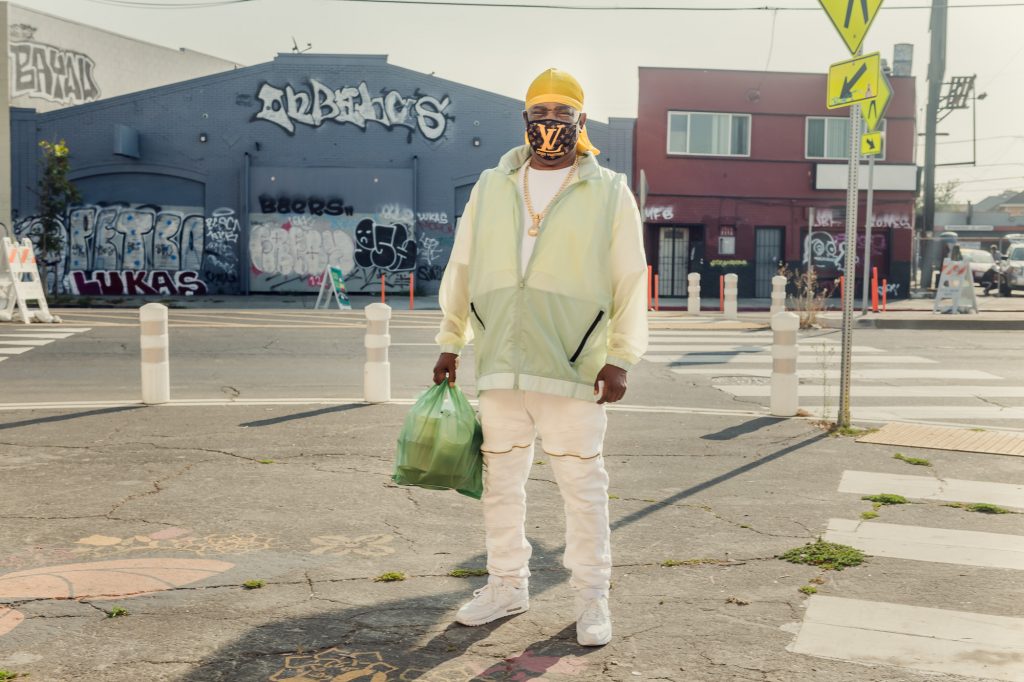
What followed was a long period of disinvestment, made worse by the decimation of manufacturing jobs. As white families began returning to cities starting in the 1990s — what Hutson calls the “rediscovery of cities” — capital came with them, but it flowed into the kinds of investments that invited gentrification: things like bike lanes, dog parks, smart technologies and e-scooter programs that benefit affluent communities but don’t always serve the most immediate needs of poor ones.
When urban planners try to engage communities that have been hurt by government in the past, all of this accumulated trauma comes to bear. “They have every single right not to trust anything you say,” says Logan.
To understand the concerns of struggling communities in Oakland, Logan, who is Black, had to recognize the lingering weight of that history. “If so many people have such an irascible response to something as simple as an A-frame barricade at the beginning of an intersection, that tells me there’s a lot of deeper trauma that you’ve got to work through. So, let’s go there and be courageous enough to say, ‘I’m sorry. Tell me more. Yes, that was messed up. Tell me why.’”
Crushed by negative news?
Sign up for the Reasons to be Cheerful newsletter.
For some residents in East Oakland, the bright orange signage used by the city to demarcate slow streets sites was an unwelcome reminder of another city-led project: construction of a bus rapid transit system that has been underway since 2012, creating traffic problems and reducing foot traffic for local businesses. Street closures may also require the presence of police, which can be traumatic for already overpoliced communities of color, especially in light of recent police killings of unarmed Black people.
Because these kinds of concerns aren’t always obvious, especially when the context is a street with a few barricades on it, uncovering them requires deeper engagement than administering an online survey. But engaging face to face, says Logan, can mean first having to bear the brunt of a lot of frustration. “I think that a lot of planners, especially probably white planners, are uncomfortable with getting yelled at by people of color,” he said.
That can pose a barrier to the kind of community engagement that many experts believe is necessary for urban planning to be inclusive and equitable, especially given that 85 percent of urban planners are white, but more than half of urban counties in the country are majority nonwhite.
There are few better examples of the impact of that lack of representation than cities’ efforts to establish bike lanes, a topic that has, for better or worse, come to epitomize bougie, white-centric urban policy, despite the fact that minorities are the fastest growing group of bicycle riders nationwide and are more likely to be hit by a car while riding. “The Great Bikelash” has dominated urban planning discourse and pitted (falsely, some would say) the goal of building more sustainable cities against the goal of creating more equitable ones.
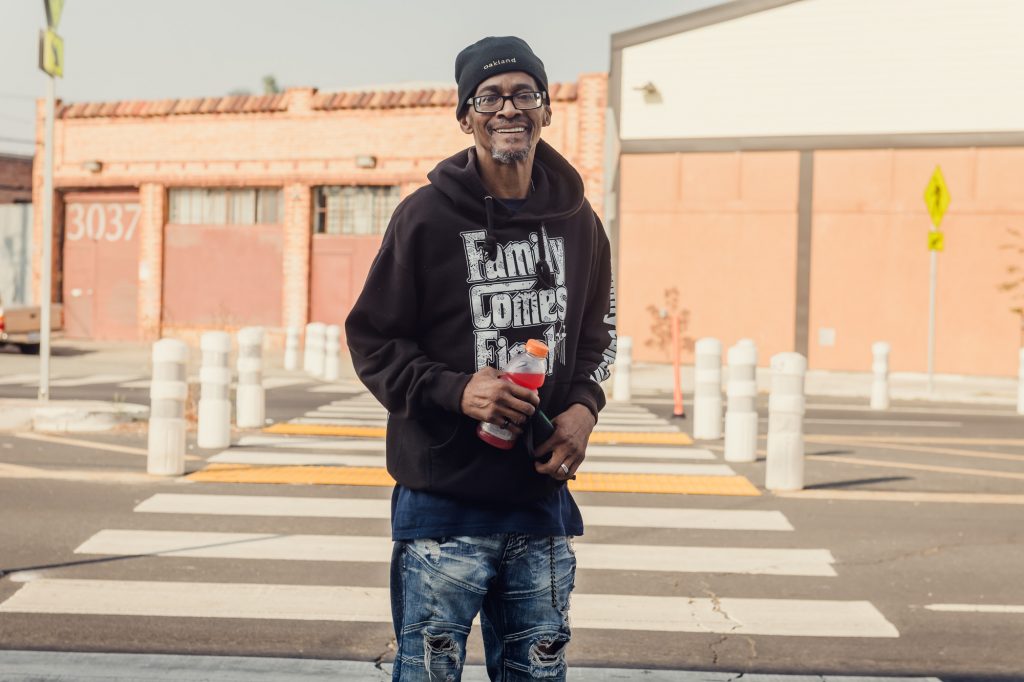
At first blush, the issues seem straightforward. In Washington D.C., a group of Black faith leaders opposed bike lanes that would have reduced available parking around churches. In other distressed communities, residents were wary of biking because of the risk of traffic fatalities.
But a lot of the opposition from historically marginalized groups also had to do with process — how decisions about bike lanes were made and who was making them (bicycle advocates, like urban planners, are predominantly white).
“In urban planning, we’ll talk a good game,” says Hutson. “People say, ‘Oh, well, yeah, we do equitable planning and this and that. But at the end of the day, it’s how do you implement these things? Who is at the table? Who have you reached out to? Which voices are heard and which voices are not heard? That’s what I see as being the huge challenge.”
In many cities, the push to establish bike lanes occurred in tandem with rapid gentrification and displacement. Oakland introduced its first protected bike lane in 2014 in one of the city’s fastest gentrifying neighborhoods. Between 2000 and 2010, 34,000 African Americans were displaced from the city, a 24 percent decline. The frenzy to put in bike lanes, often justified on the basis of making streets safer for (mostly white) bicyclists, was particularly galling to many people of color because pedestrian safety in their own communities has gone largely unaddressed for decades. “It doesn’t matter how great a program is,” said Jones. “None of that matters if people feel like it’s not for them.”
In rolling out slow streets, Oakland appeared to be repeating the same mistakes as bike lane proponents. “East Oakland has the most dangerous streets in Oakland,” says Lin. “What East Oakland really needs are safe streets, not slow streets.”
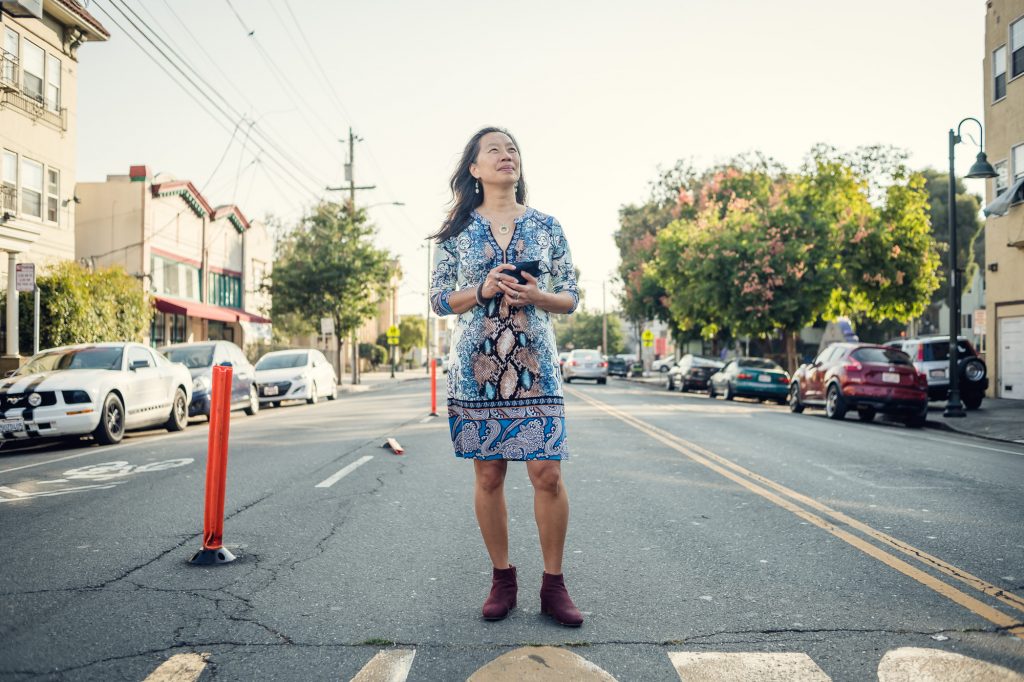
Instead of being asked to weigh in on a program that had already been introduced, Lin said the city should have started with a different question. “It should have been, ‘What do you need in your community to survive this pandemic?’” She wants the city to implement a long-term health and safety plan that includes the installation of traffic lights and other infrastructure at dangerous intersections.
Logan says he hears the feedback and is listening. “We want to make sure we’re working with them through the process,” he says (emphasis Logan’s). But he also warns against what he says is a tendency for cities to give up too easily on programs when communities react negatively. “You also can’t just say, ‘I heard the first thing a Black person told me, I’m going to take that as gospel and run away when I get yelled at.’ That’s also not doing the work.”
At least one community leader from East Oakland told Logan, essentially, pick up your barricades and leave. But Logan said he kept pressing. “I said to her, ‘I’m going to repeat back to you what I just heard so that we can be really clear about what you’re telling me to do. You said you don’t like this program. So, if I were to take your point, I’m going to ask all of my staff to pick up every single barricade in the entire neighborhood and leave all of the barricades in [more affluent] North Oakland. What do you think that might look like if I were to go through with that?’ And she was like, ‘Wait a minute, I didn’t say get rid of the program.’”
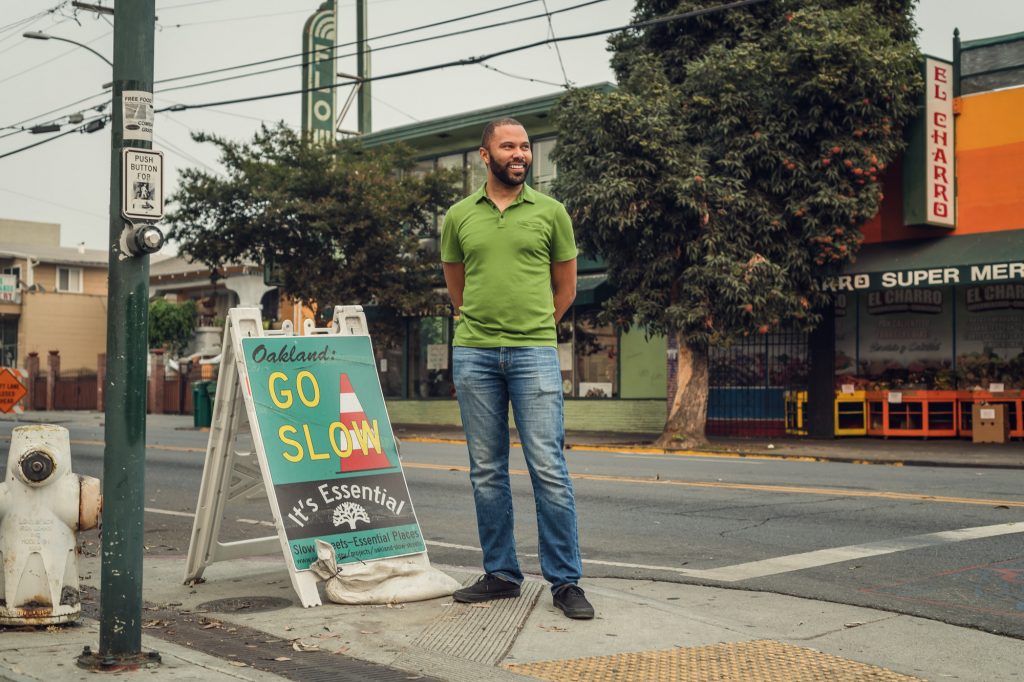
That extra prodding revealed the community leader’s real concern, which was that the barricades weren’t doing enough to stop people from driving dangerously. A better solution, she told Logan, would be to fully close short segments of streets to through traffic during certain times. “What came across initially as, ‘We don’t like slow streets’ transformed into, ‘Hey, this program isn’t strong enough to accomplish the thing that you say you’re trying to accomplish,’” Logan recalls.
In May, a month after the initial rollout of the slow streets program, Oakland introduced Essential Places, with a new goal of helping pedestrians in low-income areas move around safely. His team is now working with community representatives to understand how to strengthen barricades (people have been driving over or moving the markers the city is currently using). It is also exploring a public art project in which East Oakland artists create barriers that are less reminiscent of a construction zone, which he expects will kick off by the end of the month.
Perhaps not surprisingly, the pivot from slow streets to essential places in distressed neighborhoods, in direct response to the community’s feedback, has been generally well received. According to Department of Transportation data, there have been no collisions at designated Essential Places sites, even though all are part of the city’s high injury network where most collisions occur.

While there is still a long way to go, the city doesn’t believe it could have gotten that result if it had, as residents had initially demanded, simply packed up its barricades and left. “There are two different types of tendencies,” says Logan. “The first tendency is to not even ask Black and brown communities what impact you’re having on them in the first place. The second is… transactional engagement: We heard negative feedback, so we’re just going to quit. We’re not even going to try and ask, ‘What would make it an improvement? You just said you don’t like it, so I’m going to stop.’ I say that that’s not real equity.”
For Jones in East Oakland, the fact that the city was willing to redesign the program in response to the community’s feedback is a step in the right direction.
“Anytime people are willing to say, ‘Look, we could have done this better,’ and when there’s an opportunity to do that they act on it, that’s a success.”
This article was funded in part by the Solutions Journalism Network.
